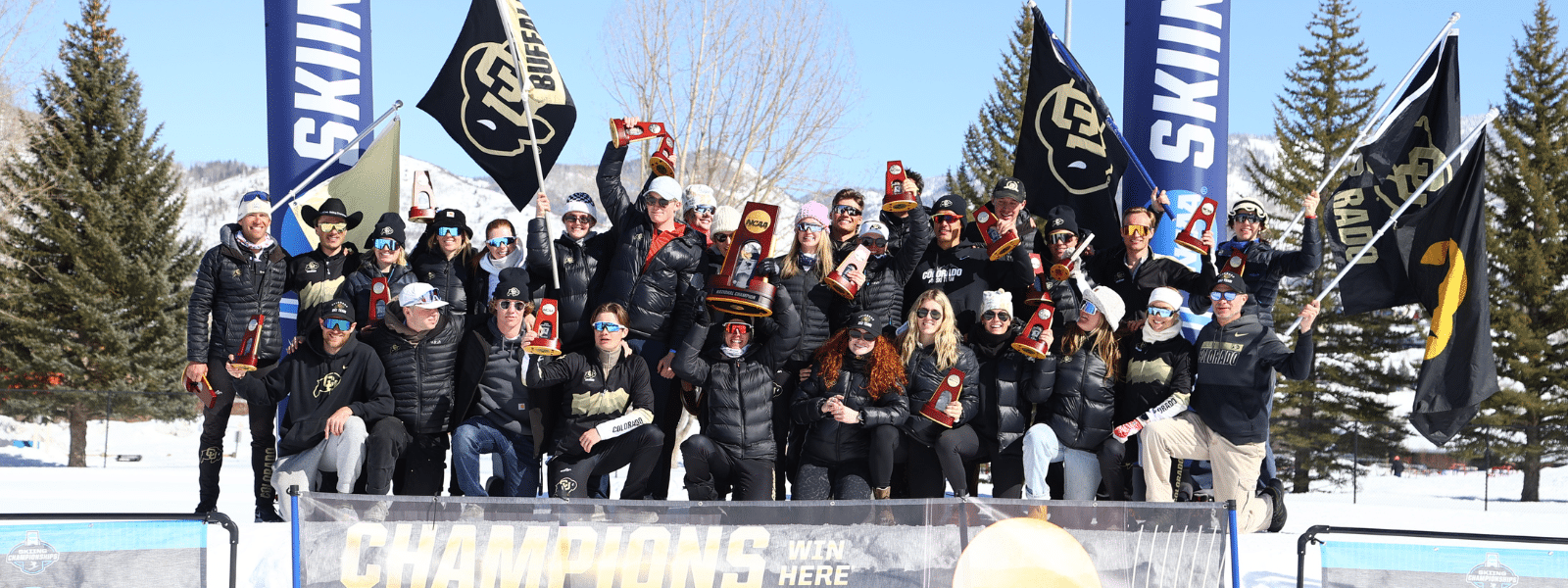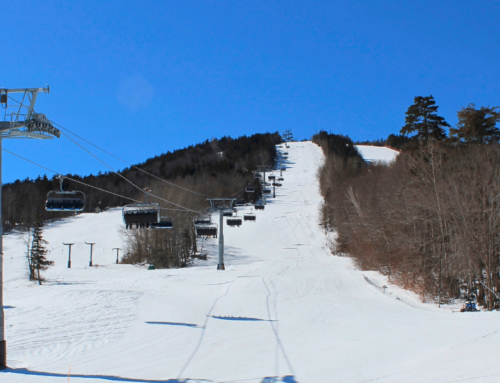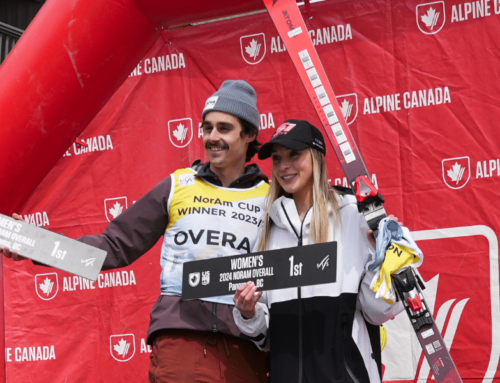Unpacking the success of the Italian women’s alpine team
Amid the coronavirus pandemic, which decimated much of central Europe, particularly parts of Italy, the Italian women’s national team was able to shine some light this winter on the otherwise dark national pages.
Led by overall champ Federica Brignone, who was recently awarded her crystal globe via mail, the team skied to unprecedented success, collecting 23 total podiums and amassing a long list of personal bests. Highlights included Marta Bassino earning her career-first victory in the GS at Killington and Elena Curtoni shaking off her demons, stepping onto the top of the podium in Bansko, thereby completing the Italian hat trick. Meanwhile, Francesca Marsaglia pushed with sheer willpower through the ups and downs to land her career-first podium in Lake Louise. And Nicole Delago stepped onto the podium twice, matching the effort of Sofia Goggia before her early exit due to injury.
“I hope I put a smile on Italian people’s faces” said Brignone. “The overall standing cup was a lifelong dream for me. It shows comprehensiveness and continuity,” which Brignone achieved through 11 podium performances and five wins.
The COVID-19 crisis and the absence of Mikaela Shiffrin in the second half of the season made for an unusual and abrupt end, but Brignone remains proud of her achievement.
“I would have preferred to win on the battlefield, facing the other girls,” said Brignone. “I really wish I could have held the crystal globe in my hands and raised it up to the sky the way I watched all the previous champions do, back when I could only dream of my own turn as overall champion.”

It was a banner year for Brignone, who skied to career-best results prior to the sudden termination of the ski season. Brignone won her first race in 2015 in Soelden, demonstrating her proficiency in giant slalom, which later became her trademark. Since 2015, she won 15 races in five seasons, but not until this year was she consistent all-season long and never cracked the top three in the overall standings.
“What changed for me this year is that I was able to train through the summer, skiing in South America,” she said. “For the past two years, that didn’t happen due to injuries, so I was lacking time on snow. I would get to races and was expected to pull a rabbit out of a hat, but it doesn’t work like this.”
Brignone worked together with her staff, putting her faith in coaches Gianluca Rulfi, Daniele Simoncelli, Marcello Tavola and her brother, Davide Brignone. “We have a fantastic team, and we are having a lot of fun,” she said. Brignone also credits her teammates, Goggia and Bassino, for raising the bar and pushing each other.
Another game changer for Brignone was the work she did on herself, on a personal level, away from the slope. Instrumental to this has been Davide Brignone, who challenged his sister by saying, “If you want to win in ski racing, you have to see yourself as a winner every day.”
She worked through this, not only, with her brother, but also, with mental coaches, practicing meditation and hypnosis.
“I feel much better now, I am much happier. I know who I am and what I want to do,” Brignone said. “The outcome of a GS run will not define me, determine my actions nor my worth.”
One-team approach
When tickled with the idea of forming a private team, she replied, “In Italy, we live it all as a team with no special treatment, contrary to other nationals, like the US, which invests a lot in its aces. Yet, for us this format works because, in Italy, we are strong and advanced technically.”

“Our strength is the team,” said Matteo Guadagnini, head coach of the slalom team. “FISI is structured with Brignone, Goggia, and Bassino as part of the Elite Team, and the team’s program is shaped by the needs of the three athletes. In addition to the Elite Team, there are individual-discipline teams: speed, GS and slalom teams.”
Each team represents a unit with dedicated coaches and staff to serve athletes focused on specific disciplines. The girls may train with multiple teams, like Irene Curtoni who in addition to SL also competes in GS, or Francesca Marsaglia, a speed skier who also competes in GS. The training schedule of the different teams often varies in workload and location according to the races calendar. This structure also offers multiple options to athletes to find the training that benefits them the most at any given moment.
“(There) are a lot of us in the team, but the organization is well structured. Every time athletes switch disciplines, they find suited training,” said Guadagnini. “Across teams we have the same playbook, we use the same language for seamless transitions.
“In a team, when the wheels start spinning, there are dynamics that trigger one another and make each teammate grow exponentially,” Guadagnini added. “You can achieve so much by tapping into pride and passion, especially among women. These dynamics escalate and they result in progress that would have otherwise taken months.”
Different styles
At 24, Bassino concluded her best season reaching the podium in five disciplines, all except for slalom.
“Since this summer, we have worked really well in conditioning and on skis. On a technical level, I found what suits my way of skiing,” said Bassino. “When we have strong skiers in the team, we raise the bar. We study each other also on video. For example, in speed we learn a lot from Goggia and the way she builds speed, while in GS, Brignone has always been a reference point.”
Italy prides itself on being a reference point for technique and fundamentals. Yet, when looking at each teammate, they do not look alike. Take the Elite Team: Brignone, Bassino, and Goggia, for example.
“We have three very different styles when it comes to skiing. Each one of us skis her own way but with the same foundation,” said Bassino. “We give our own interpretation to it.”

The team strives to cultivate the individual’s natural tendencies, rather than distorting the gesture. For Bassino, the progression has been smooth and consistent over the past seasons. She achieved a personal best this year, landing fifth in the overall standings.
But could a private team take her to the next level?
“There are pros and cons in having a private team. When things go well everyone is there but when things start going south for you, it’s tricky. In a team, whether you ski well or not, if any of your teammates land on the podium, the day is saved. While in a private team, there is you and you only. if you do well, nice, but if you do poorly, the entire team is there working solely for you,” Bassino said.
“I don’t know if I’d like a private team. Training with other athletes does a lot of good to me, especially with such a strong team in which everyone grows,” she concluded.





















